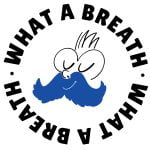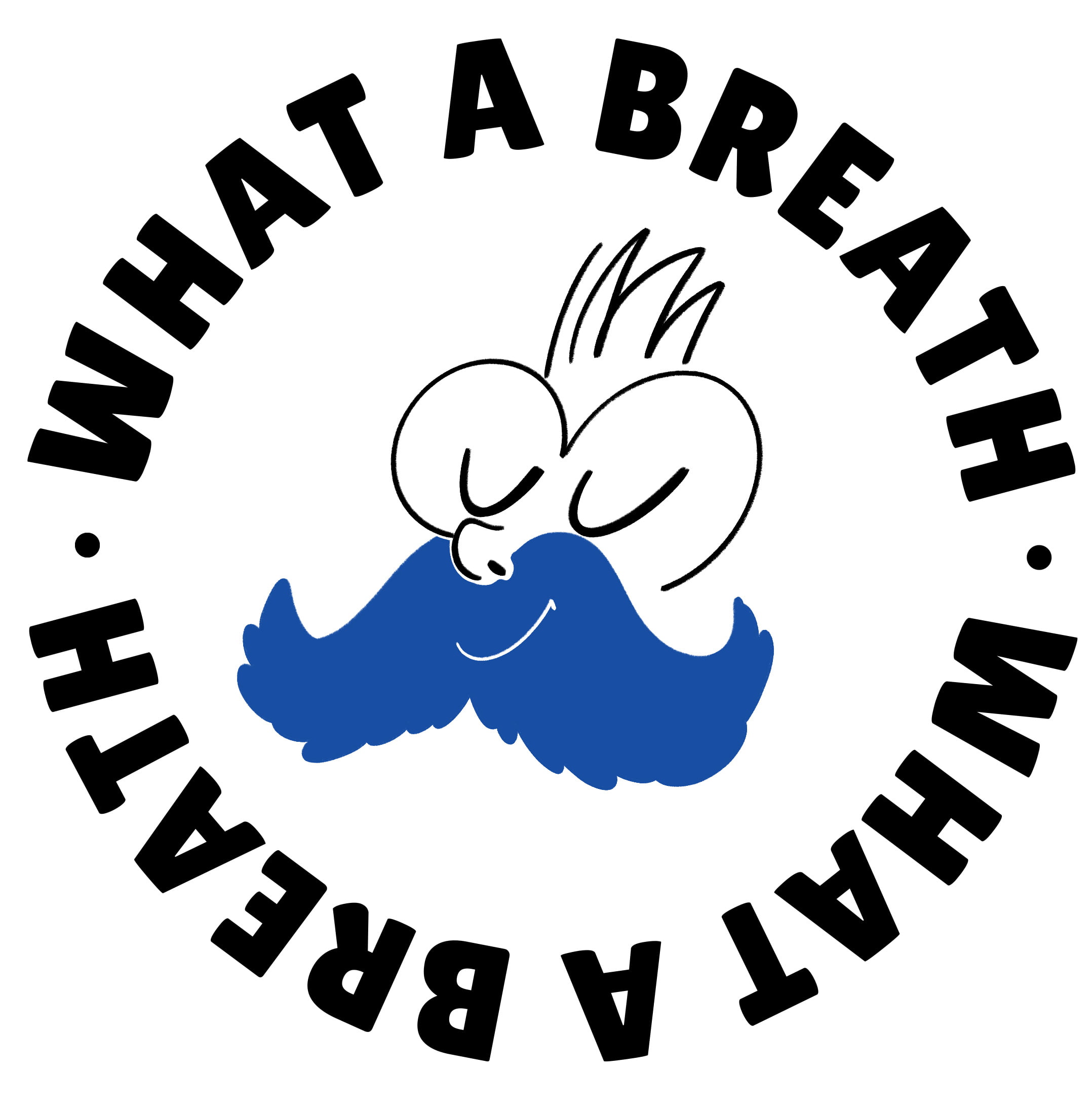Have you ever heard of circular breathing and wondered what it really is? You’re in the right place. In this article, I’ll walk you through this breathing technique, super popular among those seeking physical well-being, mental relaxation, and a boost of fresh energy for daily life. Ready to dive into a practice that goes way beyond the usual “breathe in, breathe out”? Make yourself comfortable, because circular breathing might just surprise you.
What is circular breathing
Circular breathing is a technique that consists of breathing continuously, without obvious pauses between inhalation and exhalation. The goal is to create a steady, uninterrupted flow, as if the breath were… exactly a circle! This way of breathing allows the body and mind to enter a deep state of relaxation, to release tension, and often, to explore emotions we tend to hold back.
Unlike the way we normally breathe in everyday life, with short, choppy breaths, here you intentionally avoid any interruptions. It’s a breath that flows, that chases itself, that feeds itself, and it’s precisely in this circular motion that its power lies.
Where does circular breathing come from
The origins of circular breathing get a bit lost in the mists of time. Some historical references trace it back to ancient Indian yogic practices, while other sources link it to shamanic traditions all over the world. But it’s especially in the Seventies that this technique started gaining traction in the West, thanks to pioneers like Leonard Orr (with Rebirthing) and Stanislav Grof (Holotropic Breathwork).
Over the years, circular breathing has spread in many contexts: from personal growth sessions to spiritual retreats, all the way to the studies of psychologists and therapists who have integrated it into their work with clients.
The benefits of circular breathing
Let’s be honest: the breath is a powerful tool we often underestimate. Through circular breathing, many people report benefits that go way beyond simple relaxation. Some describe a feeling of lightness, as if their body sheds tension. Others talk about a clearer mind, deeper self-awareness, and a fresh energy running through their whole body.
It’s not uncommon, during a circular breathing session, for buried emotions to come to the surface: anger, sadness, joy, forgotten memories. It’s as if the breath opens a door to the subconscious, allowing you to “melt away” what’s often stuck. This not only brings relief, but can also help unlock creativity and enthusiasm.
Physically, breathing in this circular way boosts oxygenation of tissues, helps regulate blood pressure, and improves posture because it encourages fuller, more conscious use of the diaphragm. Some people also notice improvements in sleep and digestion.
How to practice circular breathing
Let’s get practical: how do you actually do circular breathing? Don’t worry—you don’t need to be a yogi or experienced meditator. The most important thing is to find a quiet place where you can dedicate a few minutes without being disturbed.
You can start lying down, with one hand on your belly and one on your chest, so you can really feel the air moving. Close your eyes and begin to slowly inhale through your nose, letting the air fill your abdomen first and then your chest. Right after, let the exhalation happen naturally, without forcing it. The secret? Don’t stop between the inhale and the exhale. It’s like drawing a circle with your breath: air in, air out, in a constant flow.
At first, you might feel a bit dizzy or get tingling in your hands: that’s normal, it means your body is getting used to more oxygen. If it happens, slow down and continue gently. The important thing is to listen to what’s happening, without judgment.
You can practice circular breathing for five to ten minutes, even just once a day. If you feel emotions getting too intense, stop, open your eyes, and return to your normal breath. Over time, you’ll be able to extend your practice and maybe even try it in a group, guided by an experienced facilitator.
Why it’s worth trying
In a world that always asks us to be “connected” (usually to screens), circular breathing is a way to reconnect with yourself, to listen to your body, and to pay attention to the present moment. You don’t need any special tools or technology: just your breath, your presence, and a bit of curiosity.
Of course, like any technique, it’s not a magic wand that solves all problems. But it’s a simple, powerful tool you can rely on in moments of stress, fatigue, or whenever you feel the need to “recharge your batteries.”
Just remember, especially if you have particular health concerns, it’s always a good idea to consult your doctor before trying intense breathing practices. But if you’re curious and want to try something new, circular breathing can truly be a pleasant discovery.
The first step? Start really breathing
We often think of breathing as automatic, almost taken for granted. But when you learn to listen to it and guide it, you discover it can be a precious ally for your well-being. Circular breathing invites you to do just that: to discover the power of a simple act that’s been with us forever, but we often forget to really use.
Whether you’re looking to relax, let go of tension, or just take a moment for yourself, this practice can become a little daily revolution. Try it. You might be surprised by how just one good breath can change your day. If you have any doubt of if you want to schedule a private breath session, get in touch!






